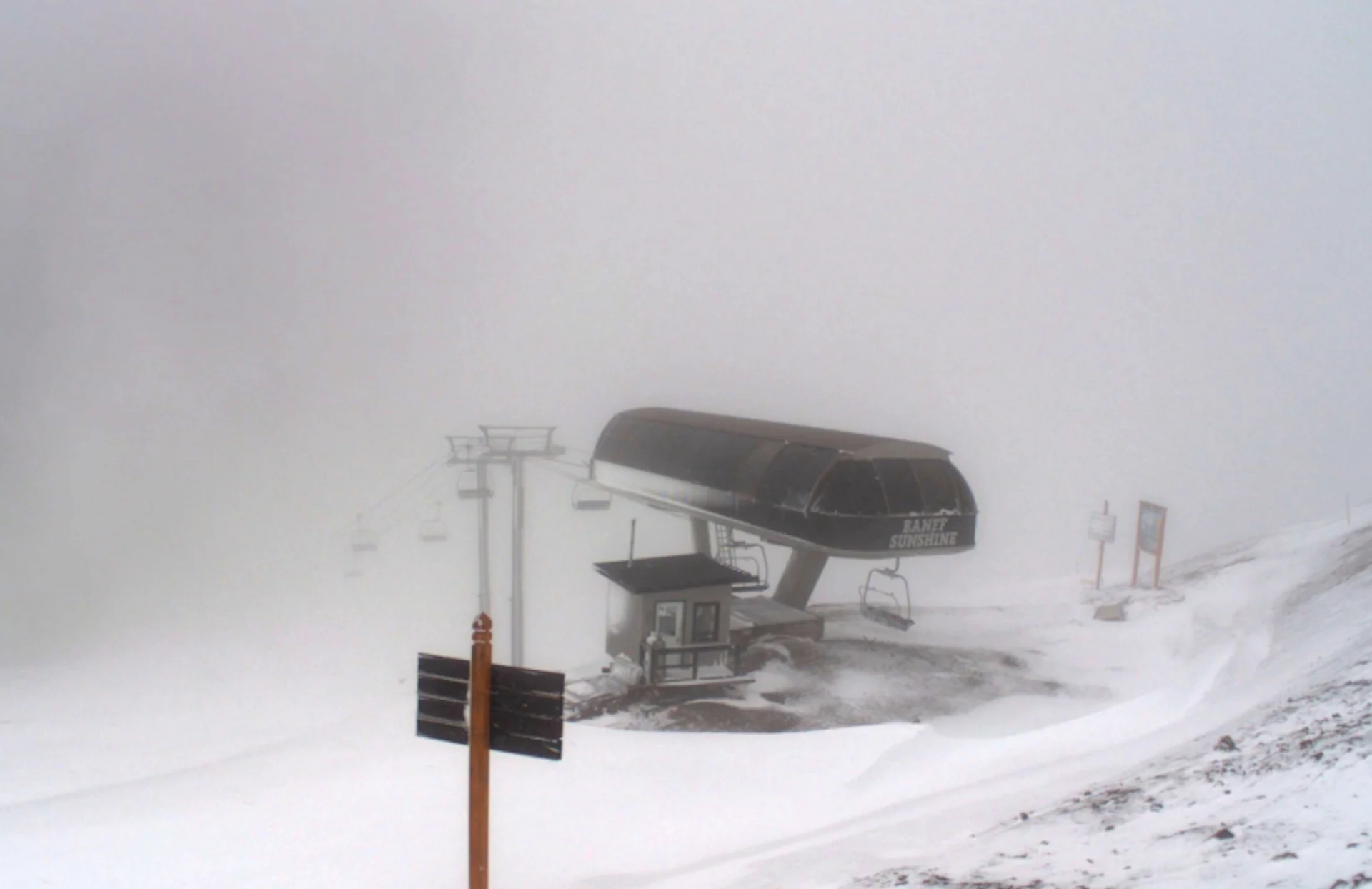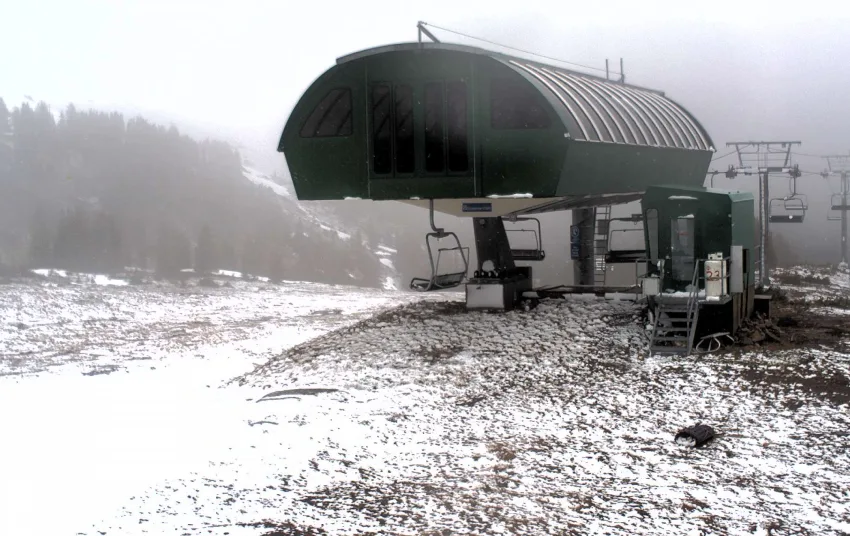
Snowy start to July in Banff National Park
It's not common, but it does happen, and it coincided with a few days of markedly cooler-than-normal temperatures in Western Canada.
Though we normally expect summer-like warmth in Canada by July 1st -- and indeed, parts of Central Canada were cooking in temperatures at or above the 30-degree mark -- an unwelcome cooldown is never completely out of the question provided the right ingredients are there.
In the case of this year, much of Western Canada found itself beneath an upper-level low that brought some unstable conditions and noticeably cooler temperatures.

How much cooler than normal? Alberta's daytime highs were stranded in the teens for several days, and Edmonton's high of 18.7°C on this year's Canada Day was its ninth coolest on record. It was cooler still further west, with Jasper and Vancouver suffering their second and third-coolest Canada Days on record, respectively.
Certainly some chilly days for people in those cities. However, further up at the highest elevations of the Rocky Mountains, it would obviously have been cooler still -- just cool enough for some noticeable snowfall.

Snowy conditions observed in Banff National Park on July 2, 2020. Credit: Sunshine Village Ski Resort
Now, we say 'noticeable,' but fortunately for people who may already have been feeling a bit down about the cooler temperatures, few would have been at a high enough altitude to experience the snow without the aid of a ski resort webcam.
Still, more populated parts of Canada have indeed seen snow on Canada Day, ranging from 6.2 cm that fell in Eureka in the high Arctic in 2013, to 0.3 cm that was measured at Timmins in 1939 -- not a blizzard by any means, but probably not welcome for people expecting to ring in Canada's birthday in shorts and a T-shirt rather than a winter jacket.

Another look at the snow blanketing Banff National Park on July 2, 2020. Credit: Sunshine Village Ski Resort










